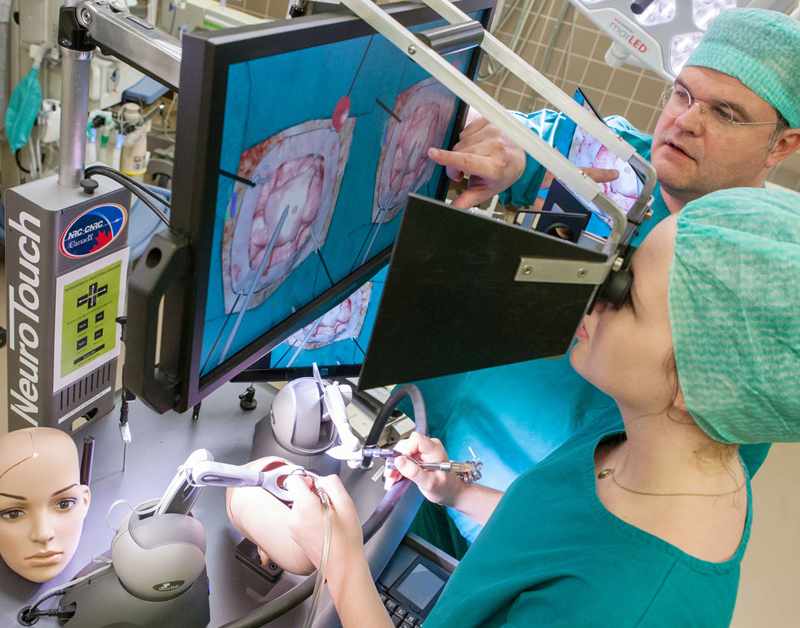
Venous compression syndromes, including May-Thurner, Nutcracker, and Paget-Schroetter syndromes, represent challenging vascular conditions that frequently require invasive intervention when conservative management fails. Recent advances have significantly improved treatment outcomes and patient quality of life.
Endovascular Approaches
Endovascular therapies remain the cornerstone of treatment for most venous compression syndromes. For iliac vein compression in May-Thurner syndrome, percutaneous transluminal venoplasty followed by stent placement has become standard practice. The latest self-expanding nitinol stents accommodate natural venous distensibility and demonstrate impressive five-year primary patency rates exceeding 90%.
Drug-eluting balloons releasing paclitaxel show promise in clinical investigations for limiting neointimal hyperplasia and enhancing long-term outcomes. For patients with Paget-Schroetter syndrome, catheter-directed thrombolysis using tissue plasminogen activator effectively restores venous flow while reducing post-thrombotic syndrome risk by approximately 60%. Advanced mechanical thrombectomy devices complement these approaches by shortening treatment time and hospital stays.
Surgical and Hybrid Techniques
When endovascular approaches aren't sufficient, surgical interventions provide effective alternatives. Nutcracker syndrome patients may benefit from left renal vein transposition or gonadal vein bypass procedures, with symptom resolution rates between 85% and 95%.
For younger patients with May-Thurner syndrome, surgical anteriorization of the left common iliac vein has emerged as a durable alternative to stenting, with quality-of-life improvements reported in over 90% of patients at one-year follow-up.
Innovative hybrid approaches combine minimally invasive surgical decompression (laparoscopic or robotic) with intraoperative venography and stenting. These combined procedures address both external compression and intraluminal pathology simultaneously, minimizing recovery time and recurrence rates.
Emerging Technologies
Intravascular ultrasound (IVUS) guidance has revolutionized intervention planning by detecting subtle compressions often missed on conventional venography, allowing for precise stent sizing and optimal placement. Biodegradable venous scaffolds represent an exciting frontier, offering temporary support while potentially eliminating concerns about permanent foreign material.
Key Takeaway
SurgeonsLab's advanced venous model provides an exceptional simulation platform for training clinicians in these complex procedures. The high-fidelity anatomical model incorporates pulsatile flow and multi-modality imaging compatibility, creating realistic scenarios for practicing device deployment under physiologic conditions, ultimately facilitating safer adoption of these sophisticated treatment modalities in clinical practice.




















Write a comment ...